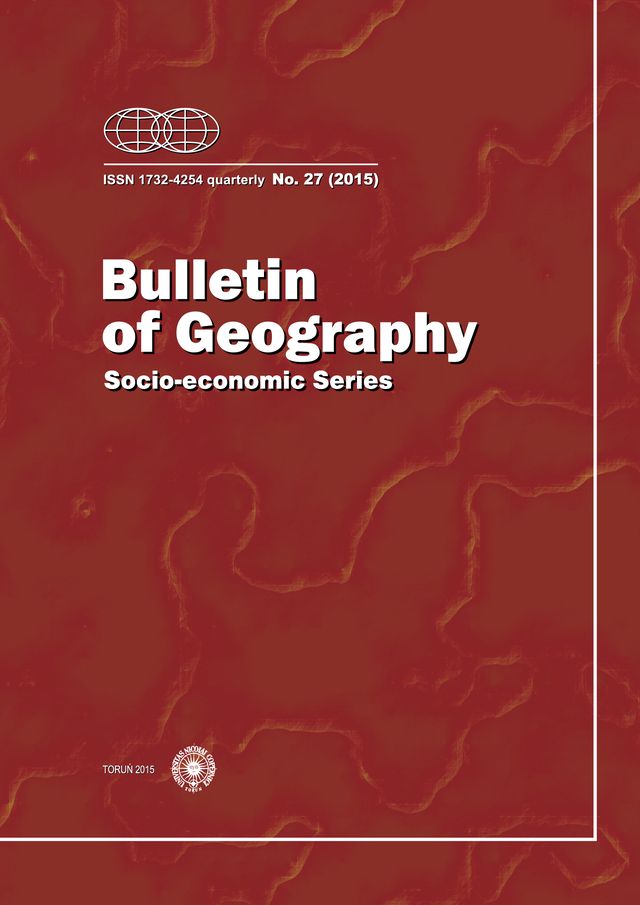Mechanisms of densification of the city in the neoliberal economy - a case study: the surroundings of the eastern part of the former airport runway Rakowice-Czyżyny in Cracow
Mechanisms of densification of the city in the neoliberal economy - a case study: the surroundings of the eastern part of the former airport runway Rakowice-Czyżyny in Cracow
Author(s): Dominika Hołuj, Artur HołujSubject(s): Economy, Geography, Regional studies, Business Economy / Management, Micro-Economics, Regional Geography, Socio-Economic Research
Published by: Wydawnictwo Naukowe Uniwersytetu Mikołaja Kopernika
Keywords: spatial planning; space densification; land-use plan; municipal policy; Cracow
Summary/Abstract: The article is a case study of land use planning in the surroundings of the eastern side of the runway of the former airport Rakowice-Czyżyny in Cracow. The area was chosen because it is an example reflecting the history of many urban spaces that are well connected externally, well equipped in infrastructure, and favourably located in the city. They are now the scene of an intense market game, which arrogates to itself the almost unlimited right to determine the land use. Therefore, a study was conducted to verify the knowledge in that field. The analysis was based, inter alia, on differentiated source materials (including historical ones), a survey of press materials (mostly local ones), interviews with residents, the field analysis carried out in the research area and data analysis (primary market of real estate). The chosen example allowed the authors to confirm the theorems on the growing threats to the spatial order in a situation of struggle between supporters of neoliberal urbanism and broadly defined new urbanism. The latter cannot exist without spatial planning but since1990 in Poland we have been able to observe a crisis in this area. It leads to chaotic, too concentrated development in urban areas. This demonstrates that while the criticism of the new urbanism is in some dimensions justified, it cannot be used to legalize voluntary land development. This possibility of social and political permission for arbitrariness generates an "appetite" for space understood primarily as an economic good.
Journal: Bulletin of Geography. Socio-economic Series
- Issue Year: 2015
- Issue No: 27
- Page Range: 81-93
- Page Count: 13
- Language: English

